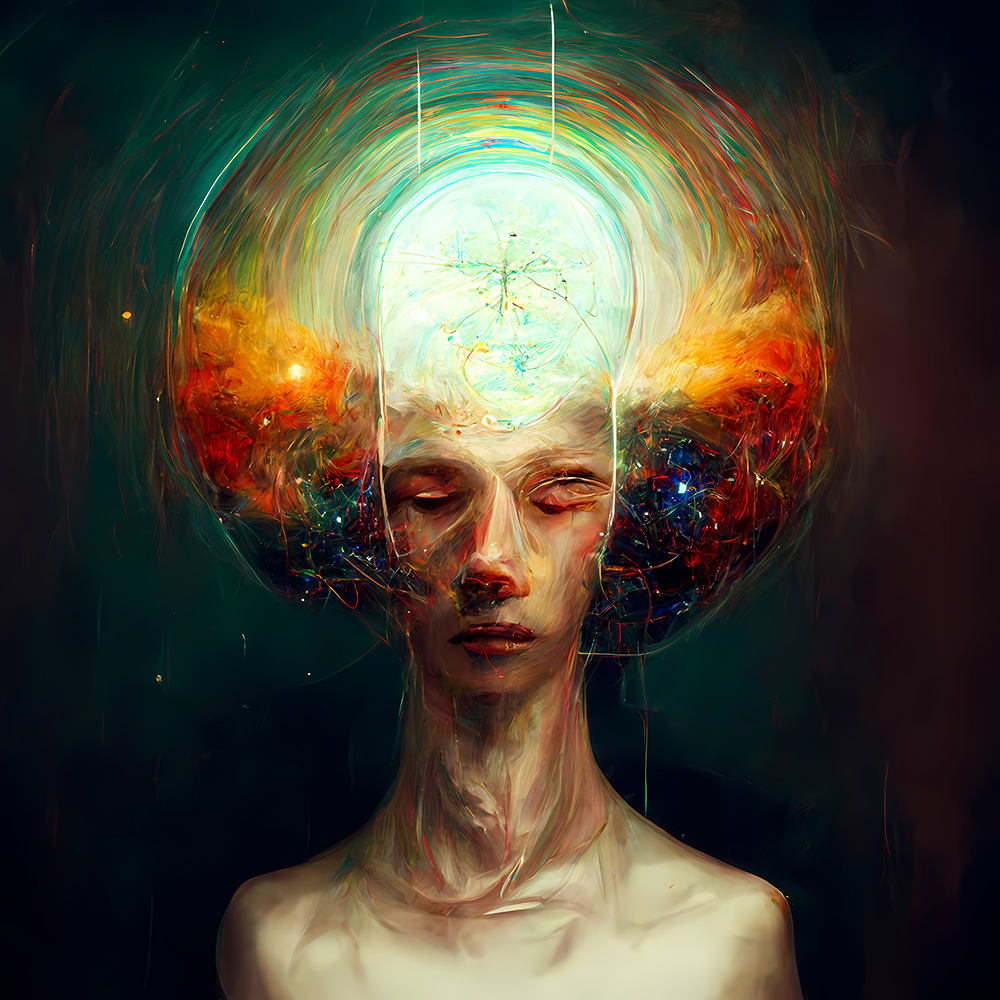Scheme of the Eightfold-Consciousness
Teachings from the Yogacara School
The 'mirror' is a quality of consciousness which can connect us back to the true source.
 ©
© shutterstock
Previously, we saw how the Buddha showed the non-local nature of consciousness through the formula of the eighteen dhatus, which proposes 6 different types of consciousness.
The Yogacara made a further analysis of this scheme by taking the 6th type of consciousness, Mental Consciousness (mano), and splitting it into two parts:
Manovijñāna – which is mental consciousness and it also includes all the other sense consciousness as they become objects of the mind (seeing, hearing, touching, remembering, thinking etc.)
Manas – reflective consciousness. In its purity this is often referred to in Zen as the Heart Mirror. It is that reflective consciousness that just sees things as if they were in a mirror. This arises when a strong basis for mindful awareness is established. This becomes the 7th type.
However this reflective consciousness is a two edged sword.
When the mirror is defiled by wrong seeing it conceives itself as separate from everything else and thus the delusion of ‘I’ has arisen.
If we remember from the story of the Sixth Chinese patriarch the two verses written up on the monastery wall. The first read:
The body is the Tree of Enlightenment,
The Heart a bright mirror on a stand.
Carefully wipe this mirror every day,
So that no dust may alight.
The ‘mirror’ here is the manas, the 7th type of consciousness.
The Yogacarins went on to posit an eighth consciousness called the ‘Store consciousness’ or Alaya vijnana.
The reason for this is because of the problem of explaining how it is that beings have consistent personality traits and to solve a problem from the doctrine of karma.
Intentional actions of body, speech and conceptual thought create karmic outflows but these outflows may not appear immediately, they may appear after a long time even aeons. So where are they stored?
The answer is the Alaya – or seed store.
Although the Buddha did not say that karma is the only cause of phenomena (five other forms of causality are given in the Pali Canon), it was believed that karma influences our experience of phenomena.
Confucius gave the example of three people who witness the same event. One bursts out laughing as it is the funniest thing seen for a long time! One bursts into tears at the tragedy and the third walks right past it quite indifferent.
The event is not created karmically but the three people’s experience of it is.
We cannot see into the Alaya as phenomenal experience continually arises from it. Not only that but our intentional actions re-seed the Alaya. The types of seed also lend it a flavour which accumulates over time to create traits and characteristics.
Some schools of Yogacara thought that there was only one Alaya and all phenomenal experience arises from it for all of us.
The Alaya lies below ( so to speak) the phenomenal world of existence and the other seven consciousness lie above it.
In deep meditation the surface of the Alaya becomes apparent. The arising and passing of phenomena is visible in the manas (reflective consciousness). So what the student is doing in meditation is realising the surface of the Alaya in the manas.
According to practice over time the karmic seeds stop being created as insight destroys wrong views of self and other. This drains the Alaya and thus it is said that in the end the Alaya vanishes for the Enlightened.
Thus the Sixth Patriarch completed the above verse by his own:
There is no Tree of Enlightenment,
The bright mirror has no stand.
When there is nothing whatsoever,
What dust can alight where?
We can perhaps see that these two verses do not contradict rather complement each other as they are spoken from two ways of seeing: inter-dependent seeing – and the absolute.




